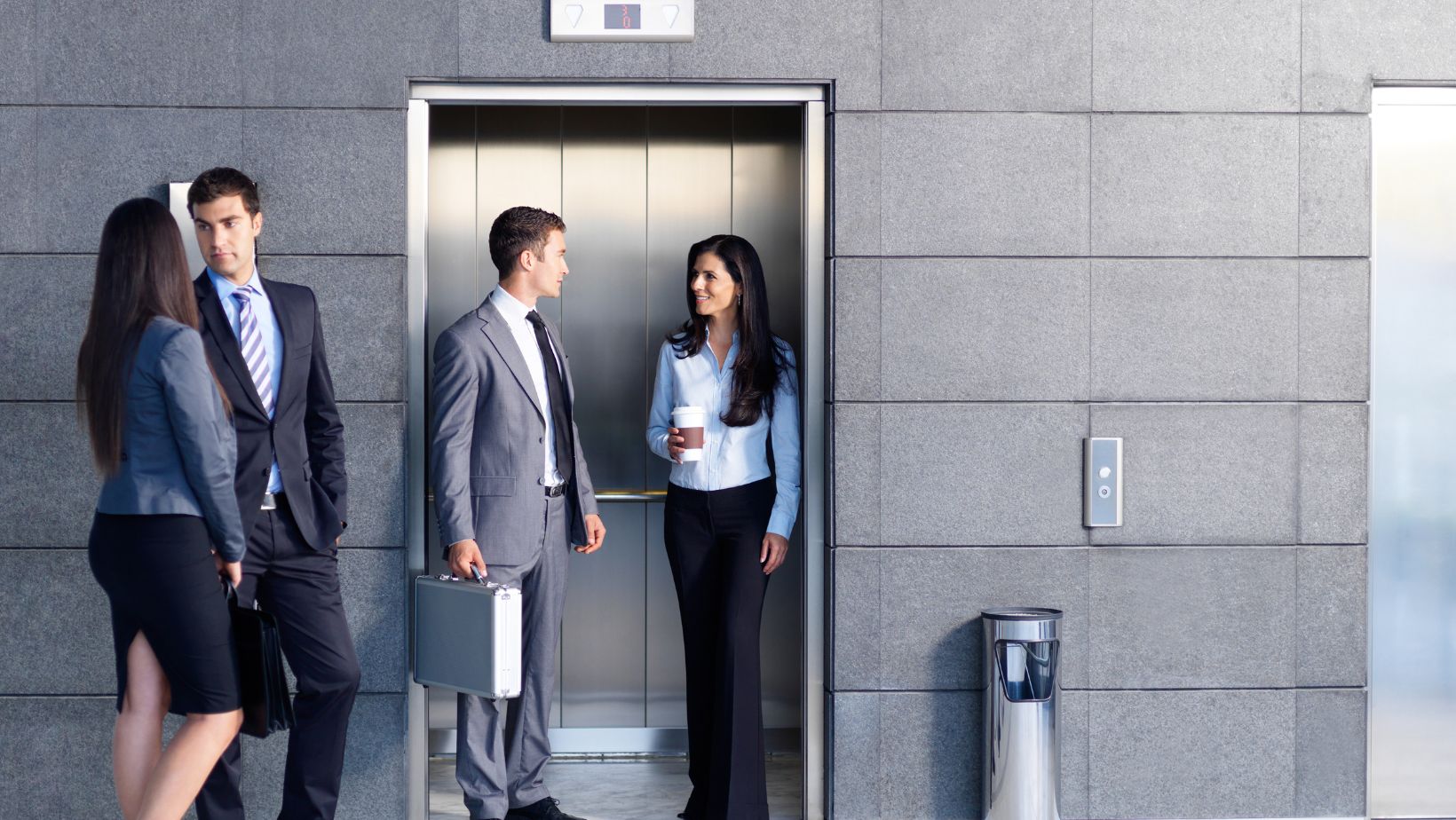
The role of elevators in the modern architectural landscape cannot be ignored. Elevators are not only utilitarian elements but also determine the form and functionality of contemporary buildings.
Future-ready elevators are at the forefront of how we design, interact, and experience modern architecture. From green systems to cable-free, multidirectional movement, the future of elevator design influences everything from the building footprint to its facade.
This article explains how elevator design is revolutionizing modern architecture.
How Elevator Design is Shaping Tomorrow’s Architecture?
Elevator design today goes beyond mechanical components—it is now a seamless extension of a building’s architecture.
Elevators as Design Elements
Once purely functional, elevators are now being thoughtfully integrated into the visual and structural identity of commercial spaces.
- Elevators offer freedom from spatial limitations and create bold, innovative designs.
- Elevators are used as architectural elements, supporting atriums or open lobbies, and occasionally as observation decks.
- Collaboration between architects and elevator companies offers bespoke solutions that suit the form and function of every building. This produces elevators that enhance the interior design and the usability of multi-level spaces.
Elevator Designs to Increase Accessibility and Efficiency
Accessibility is one of the most important things to consider when influencing elevator design in modern architecture.

- Elevators become a vital element in making multi-story buildings accessible and welcoming to people with mobility impairments.
- In modern buildings, elevators are designed to accommodate people with disabilities to comfortably access and move around the building.
- Elevators utilize adaptive technologies such as braille buttons, audible signals, and spacious cabins for disabled individuals.
- Modern elevators also play a fundamental role in facilitating unhindered traffic movement and people flow through commercial spaces.
Smart Elevator Designs
Technology is an essential aspect of elevator design and modern architecture.
- Cableless Maglev elevators that move horizontally and vertically revolutionize space usage in modern buildings.
- Artificial intelligence-controlled elevators reduce waiting times and energy consumption by predicting peak usage times.
- Some modern elevators feature voice control and touchless panels. They have sensors, data analytics, and connectivity to support real-time monitoring, predictive maintenance, and improved user experiences.
Elevator Design and the Human Experience
Elevators are now built to truly represent the personality of a modern building. Here are some ways in which elevators are accomplishing this.
- Employing glass doors and walls creates a light and breezy ambiance and offers a panoramic view of the exterior.
- With the possibilities of artwork, custom color, pattern, and texture, which enhance or contrast with the building’s interior and exterior for a dramatic look.
- Digital screens, interactive panels, and multimedia displays provide information, entertainment, and communication to users.
- With light effects to create a soothing atmosphere for users and achieve a calming effect.
Elevator Design and the Environment
Sustainability demonstrates eco-friendliness, energy efficiency, and environmental friendliness. Thus, modern elevator designs focus on the following:

- Regenerative drives that capture and reuse elevator energy, reducing fuel consumption and greenhouse gas emissions.
- LED lights, solar panels, and other renewable energy sources to power the elevator and reduce fossil fuel consumption.
- Lightweight material that reduces the weight and friction of the components, improving the performance of the elevator.
Elevating Contemporary Architecture
Elevator design is becoming part of the mainstream of contemporary architecture, shaving expenses on building efficiency, sustainability, and user experience. With cities growing in density and height, these elevator designs will shape modern architecture. Modern elevator technology has finally arrived, and it is taking modern architecture to new levels.



